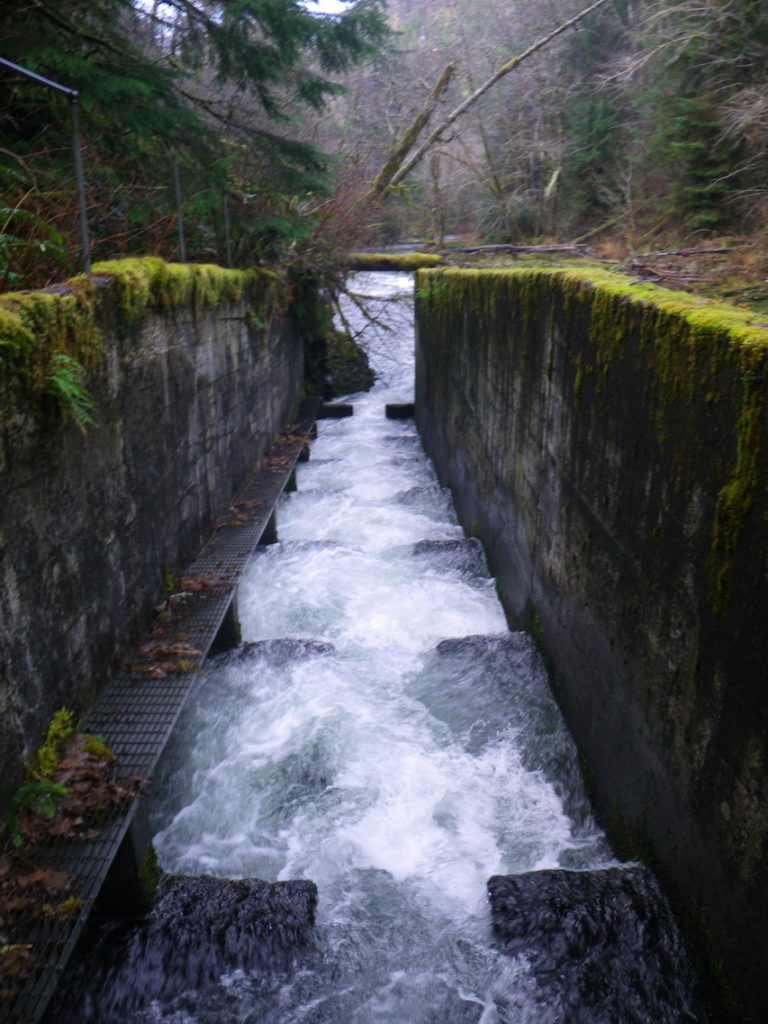
In 1714, a Rhode Island farmer named William Arnold excavated a channel around Pawtucket Falls to allow herring, salmon, and other migratory fish to circumnavigate a sawmill. Arnold’s construction was, perhaps, the world’s first fishway. In the centuries since, thousands of fish-passage structures have been built around the world in an effort to reconnect or preserve critical riverine habitat for dam-blocked fish.
On the Columbia River, a 400-meter concrete ladder ushers salmon past the Bonneville Dam. On Germany’s Elbe, a chain of linked pools conveys trout, eels, and burbot. In Saskatchewan, fishways assist pike, walleye, and suckers beyond the Cowan Dam.
Yet despite centuries of progress, fishway failures still outnumber successes.
A fish passage expert argues that science needs to catch up with practice.
LINK (via: Hakai Magazine)





